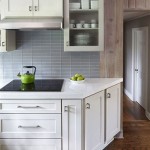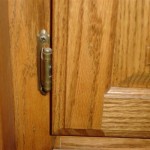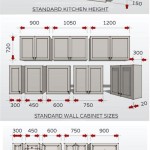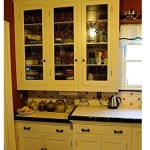What Grit Sandpaper To Sand Kitchen Cabinets
Are you about to embark on the transformative journey of refinishing your kitchen cabinets? If so, understanding the significance of selecting the appropriate grit sandpaper is paramount. The grit, measured in numbers, determines the coarseness or fineness of the sandpaper. Choosing the right grit for each stage of sanding is crucial for achieving a smooth, polished finish that will elevate the aesthetics of your kitchen.
To guide you through this process, let's delve into the essential aspects of selecting the proper grit sandpaper for sanding kitchen cabinets:
Grit Selection
The grit selection is primarily influenced by the condition of your cabinets and the desired finish. For cabinets with significant wear, scratches, or thick layers of paint, start with a coarser grit sandpaper, typically 80-120 grit. This coarse grit effectively removes old finishes, levels uneven surfaces, and prepares the cabinets for subsequent sanding steps.
Once the initial imperfections are addressed, gradually transition to finer grits. Medium-grit sandpaper, ranging from 150-220 grit, further smooths the surface, removing any remaining scratches or imperfections. Finally, finish with a very fine-grit sandpaper, such as 320-400 grit, to create an ultra-smooth surface that is ready for priming and painting.
Sanding Process
When sanding kitchen cabinets, it's important to follow a systematic approach. Begin by sanding with the grain of the wood, using long, even strokes. Avoid applying excessive pressure, as this can damage the wood. For intricate areas or moldings, use a sanding sponge or a sanding block to conform to the contours.
As you progress through the grits, gradually reduce the pressure and increase the number of passes. This ensures that the surface is evenly sanded and free of any sanding marks. Always inspect the surface after each sanding step to assess the progress and determine if further sanding is necessary.
Safety Precautions
Sanding can generate dust, so it's essential to take safety precautions. Wear a dust mask to prevent inhaling harmful particles. Additionally, use a shop vacuum to remove dust as you sand, maintaining a clean work environment. Eye protection is also recommended to guard against flying debris.
By carefully selecting the appropriate grit sandpaper and following the recommended sanding process, you can effectively prepare your kitchen cabinets for a stunning transformation. Remember to work patiently and take your time to achieve a professional-looking finish that will enhance the beauty and functionality of your kitchen for years to come.

A Guide To Painting Kitchen Cabinets Norton Abrasives

A Guide To Painting Kitchen Cabinets Norton Abrasives

How To Paint Kitchen Cabinets A Step By Guide Confessions Of Serial Do It Yourselfer

The Best Paint For Cabinets 2 Cabinet Girls

How To Paint Kitchen Cabinets A Step By Guide Confessions Of Serial Do It Yourselfer
Refinishing Kitchen Cabinets A Beautiful Mess

How To Sand Furniture Before Painting In 5 Minutes

Cabinet Refinishing An 8 Step Guide For Pro Painters Ppc

Sanding Techniques For Cabinets Get The Perfect Finish Cabinet Doors N More

How To Paint Kitchen Cabinets So They Look Amazing And Last Weekend Diy Projects
Related Posts








